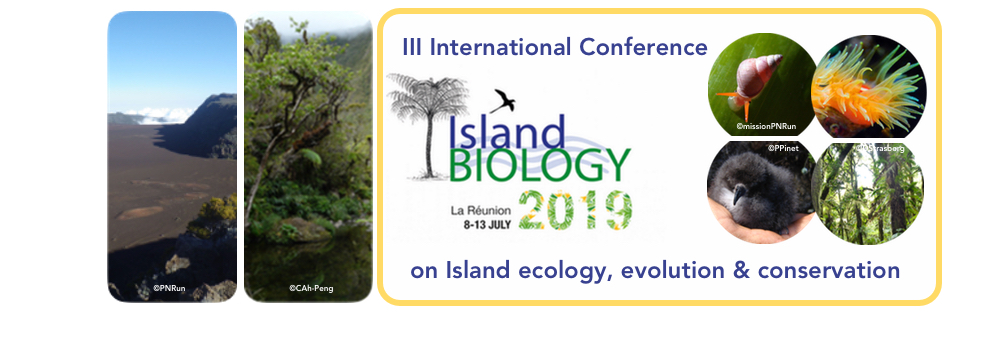Understanding the functioning of coral reefs and their resilience to disturbance requires long-term studies of sites subjected to contrasting anthropogenic pressure but similar climatic forcing. A better understanding of the connectivity between marine populations is also essential for management. In this context, the SIREME program (Monitoring and Inventory of coral reefs of Mayotte and the Iles Eparses) was conducted in the Indian Ocean to measure the state of health of coral reefs and evaluate the connectivity between islands in the Mozambique Channel. The main coral reef components (corals, fish and microplankton) were monitored in Mayotte and Iles Eparses using underwater visual census techniques and habitat were mapped through satellite and field data. The degree of connectivity between island reefs was assessed in genetic studies and hydrodynamic simulations. Monitoring indicators were proposed to estimate the effectiveness of management measures. In Mayotte, fish biomass (2) has declined drastically over the last decade (high fishing pressure), in particular at higher trophic levels. Nevertheless coral and fish diversities were high, as was the total species richness, due to favourable geological and hydrodynamic conditions in the northern Mozambique Channel. In the Iles Eparses, the coral reefs were stunning, reflected either by high coral cover (e.g. Europa) or the dominance of "living corals-CCA" compared to soft algae (e.g. Glorieuses). A high biomass (up to 10 times higher/Mayotte) and proportion of predators and large specimens characterized these fish communities. Connectivity between islands differed according to species studied. Hydrodynamic modeling highlighted strong inter-connectivity between the reefs of the Mozambique Channel, particularly Glorieuses and Mayotte, favouring their resilience. However, more isolated islands such as Europa, located to the south, may be more vulnerable to repeated bleaching events.

|
|
|
|
Long-term monitoring of coral reefs in the Mozambique Channel (Indian Ocean): paving the way towards integrative regional management
1 : ENTROPIE
(IRD, UR, CNRS), Labex Corail, IRD Réunion, CS 41095, 97495 Sainte Clotilde cedex, La Réunion, France. -
Réunion
3 : Agence de Recherche pour la Biodiversité à la Réunion
(ARBRE)
18 rue des Seychelles, Lotissement Horizon, 97436 Saint-Leu -
Réunion
2 : IRD / ESPACE-DEV (UMR 228)
Parc Technologique Universitaire, 2 rue Joseph Wetzell, CS 41 095, 97495 Sainte Clotilde Cedex, La Réunion. -
Réunion
4 : GALAXEA
La Réunion -
Réunion
5 : MARine Biodiversity Exploitation and Conservation
(UMR MARBEC)
Institut de Recherche pour le Développement : UMR_D 248
Centre de Sète UMR MARBEC SETE - Avenue Jean Monnet - CS3017134203 SETE CEDEX -
France
6 : MAREX
La Réunion -
Réunion
7 : CORDIO East Africa
Kenya -
Kenya
8 : ORI
South Africa -
South Africa
9 : Centre de recherches insulaires et observatoire de l'environnement
(CRIOBE)
* : Corresponding author
Ecole Pratique des Hautes Etudes, CNRS : USR3278
BP 1013 Papetoiai 98729 PAPETOAI -
France
|
| Online user: 52 | RSS Feed |

|
 PDF version
PDF version